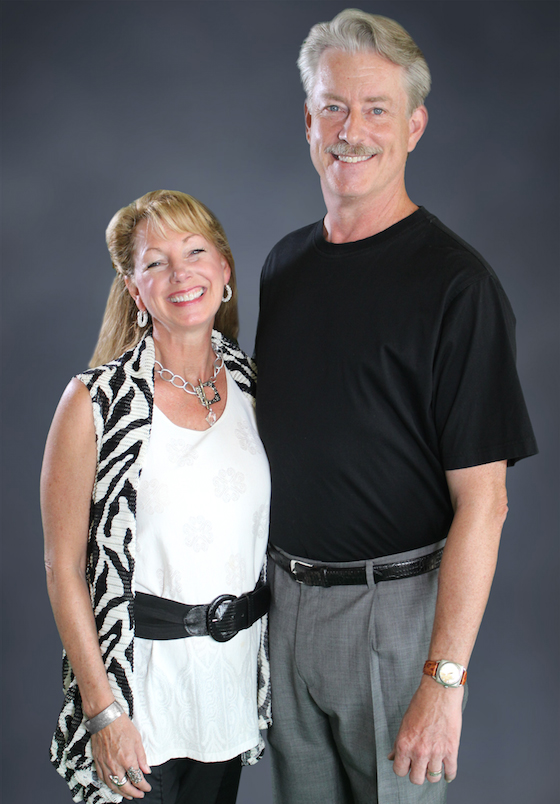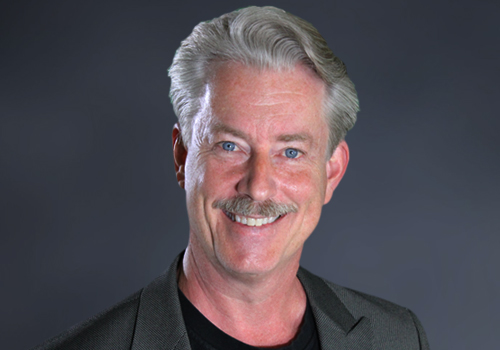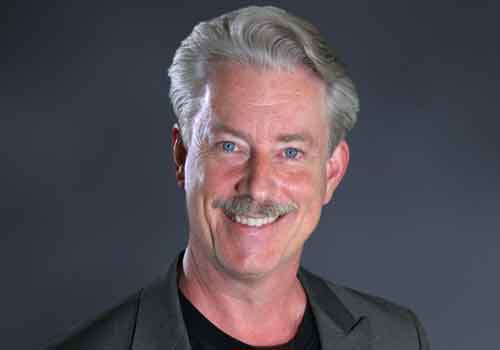PROLOTHERAPY NASHVILLE
GET TO KNOW US
 Mark and Holley Johnson began Prolotherapy Nashville in 2005 with one goal in mind: to mke available to other people the remarkable results they had both received from Prolotherapy evaluation and treatment, after ‘standard’ Orthopedic evaluations failed to arrive at the correct diagnosis in both of them. Holley, in addition to administrating the office, brings a wonderful skill set to patients: putting them at ease and supporting them during the treatments, as well as offering advice in issues related to lifestyle and healing
Mark and Holley Johnson began Prolotherapy Nashville in 2005 with one goal in mind: to mke available to other people the remarkable results they had both received from Prolotherapy evaluation and treatment, after ‘standard’ Orthopedic evaluations failed to arrive at the correct diagnosis in both of them. Holley, in addition to administrating the office, brings a wonderful skill set to patients: putting them at ease and supporting them during the treatments, as well as offering advice in issues related to lifestyle and healing
based upon her Masters Degree in Holistic Nutrition. Dr. Johnson offers a unique combination of training, experience, scope of treatment, and results in the treatment of musculoskeletal pain and dysfunction. We treat patients from down the street, across the nation, and from other countries.
After a 20 + year career as a highly respected surgeon, Dr. Johnson has devoted himself to the practice of Prolotherapy full time for the last ten years. He is one of the few Board Certified Prolotherapy physicians in the nation, and the only one in the Southeastern US. He is a Fellow of the American College of Surgeons and is on the Editorial Board of the Journal of Prolotherapy. He has seen patients from over 45 states and several foreign countries. His particular interests are in understanding the mechanisms that produce symptoms in conditions like osteoarthritis, fibromyalgia, neck and back pain, and other ‘difficult to diagnose’ body pains, and in understanding why Prolotherapy is such an effective treatment for many of these conditions. The reason ‘why’ these conditions cause pain is poorly understood by the medical practitioner and research community. A lack of understanding of ‘how’ Prolotherapy relieves symptoms on the part of the medical research community, and a misunderstanding of the actual sources of body pain (eg assuming that it is caused primarily by ‘inflammation’, cartilage loss, bulging discs and other things commonly ‘seen’ on imaging studies) are the principal reason that this form of treatment has not been ‘embraced’ by ‘mainstream medicine’.
Dr. Johnson published a paper in 2009 explaining the pain-causing mechanism in joint pain, and in neck and back pain, and how Prolotherapy ‘works’ in these conditions to remedy the underlying cause of these pains and symptoms, not simply mask the symptoms. He has used this understanding of these disorders to obtain clinical results which have been closely examined, and are superior to other published results in such conditions. These results, and the understanding and techniques that produce these results, have been presented by Dr. Johnson in several national physician meetings. Dr. Johnson was the third physician in the country to begin using Platelet Rich Plasma for the musculoskeletal conditions treated by Prolotherapy. He has been invited by a national physician organization to present his results using this treatment option. As a result of his understanding of disease processes, successful diagnostic approaches, and innovative treatment strategies, Dr. Johnson is a sought-after teacher and mentor for physicians who want to offer this treatment. Holley is a sought-after advisor in Prolotherapy training conferences on the topic of creating an office environment that makes this treatment experience as positive as possible for the people who come to our office, and for instruction in how our office guides patients in management of activity, diet, supplements, and other lifestyle issues to maximize the effectiveness of this treatment for the short, and long term.
Over the last decade we have devoted ourselves to developing techniques, and to developing an excellent staff and office, to offer to patients results with Prolotherapy that either provide equivalent results to patients with a less invasive form of treatment, for those people offered many Orthopedic operative procedures, or evaluation and treatment that provides superior results to many ‘mainstream’ medical and Orthopedic treatments for musculoskeletal pain and dysfunction. Let us offer you the benefit of our experience to arrive at the correct diagnosis for the source of your symptoms, and to offer a treatment that is highly effective, cost effective, non-surgical, natural, and low-risk
HOLLEY JOHNSON, MS, RDH

Holley oversees the operational side of the office while also working clinically with Dr Johnson. She also consults with patients on Nutrition, Fitness and Natural Health topics. She thoroughly enjoys forging supportive relationships with patients.
Holley’s undergrad is in Dental Hygiene and Holistic Nutrition with a Masters in Natural Health Sciences. Other interests include womens ministry, artistic endeavors, ballroom dancing and hiking.
DR. MARK JOHNSON, MD, FACS
 Dr. Johnson was raised in Dothan, Alabama. He attended Emory University on a full National Merit Scholarship. He was accepted to begin medical school prior to obtaining a bachelors degree (an offer that is extended a couple of times a decade by the University of Alabama School of Medicine), but opted to finish his BS degree at Emory before entering medical school. An MD was obtained from UAB in 1981. Two years of General Surgery Residency were completed at the University of Kentucky as a prerequisite for Urology Residency at the University of Illinois in Chicago (1983-1987). Dr. Johnson practiced Urology for two years in Portsmouth, Va., prior to moving to the Nashville area in 1990.
Dr. Johnson was raised in Dothan, Alabama. He attended Emory University on a full National Merit Scholarship. He was accepted to begin medical school prior to obtaining a bachelors degree (an offer that is extended a couple of times a decade by the University of Alabama School of Medicine), but opted to finish his BS degree at Emory before entering medical school. An MD was obtained from UAB in 1981. Two years of General Surgery Residency were completed at the University of Kentucky as a prerequisite for Urology Residency at the University of Illinois in Chicago (1983-1987). Dr. Johnson practiced Urology for two years in Portsmouth, Va., prior to moving to the Nashville area in 1990.
He practiced Urology at several area hospital, including Centennial Medical Center and Baptist Hospital, with his main base of practice at St. Thomas Hospital, from 1990 to 2006. During his tenure as a Urologist, Dr. Johnson was Board Certified, and received advanced training in several emerging technologies. He was one of the first physicians trained on the Da Vinci robotic surgery system. In addition to using this machine to perform Prostate removal, he also explored its use for kidney and adrenal gland removal. He was trained in Laparoscopic Surgery, including its use for donor nephrectomy, and was a member of the American Society of Laparoscopic Surgeons. He was the Principle Investigator for a Lithotripter that was in the final stages of investigational documentation. He has published several scientific papers. He was a member of several professional organizations, including the American Urologic Association, American College of Surgeons, and the American Association of Laparoscopic Surgeons.
Dr. Johnson was a visiting professor of Urology at Pirigov Medical Institute in Vinnitsa, Ukraine. He organized donation of a cystoscopy-fluoroscopy surgical table to this institution, along with several hundred thousand dollars worth of medical equipment. He then spent over a month, in several increments, training Ukrainian Urology faculty members to use the donated equipment.
He has been involved in missionary efforts in Ukraine, and was on the Board or Directors of an organization that trained Ukrainian leaders in Christian leadership principles. He and Holley taught in this leadership institute in Kiev and in Kharhov, Ukraine.
Currently, Dr. Johnson is Board Certified in Prolotherapy by the American College of Prolotherapy. He is a member of the American Association of Orthopedic Medicine and the American Osteopathic Association of Prolotherapy / Regenerative Medicine. He has lectured in the annual national conference of the AOAPRM for several years on topics including Basic Prolotherapy Techniques; The Pathophysiologic Diagnosis that Causes Connective Tissue Symptoms, and Correct Treatment of this Disorder; Uses of Platelet Rich Plasma in Patients with MusculoSkeletal Symptoms; and A Results-based Comparison of Orthopedic and Prolotherapy Approaches to Treating Musculoskeletal Pain, Contrasted with Dr. Johnson’s Personal Results: An Analysis of Diagnostic Assumptions and Approach, Treatment Techniques, and Results. He published a paper in the Journal of Prolotherapy in 2009 detailing a theory of the cause of most Musculoskeletal Symptoms, and why Prolotherapy is such an effective treatment for these problems. Dr. Johnson has been on the Editorial Board of the Journal of Prolotherapy since its inception.
Mark has a long history of mentoring and teaching in various realms, including spiritual growth and a relationship with God. Recently he has begun writing, and is currently working on a book examining the intersection of the Biblical narrative, history, and science.


